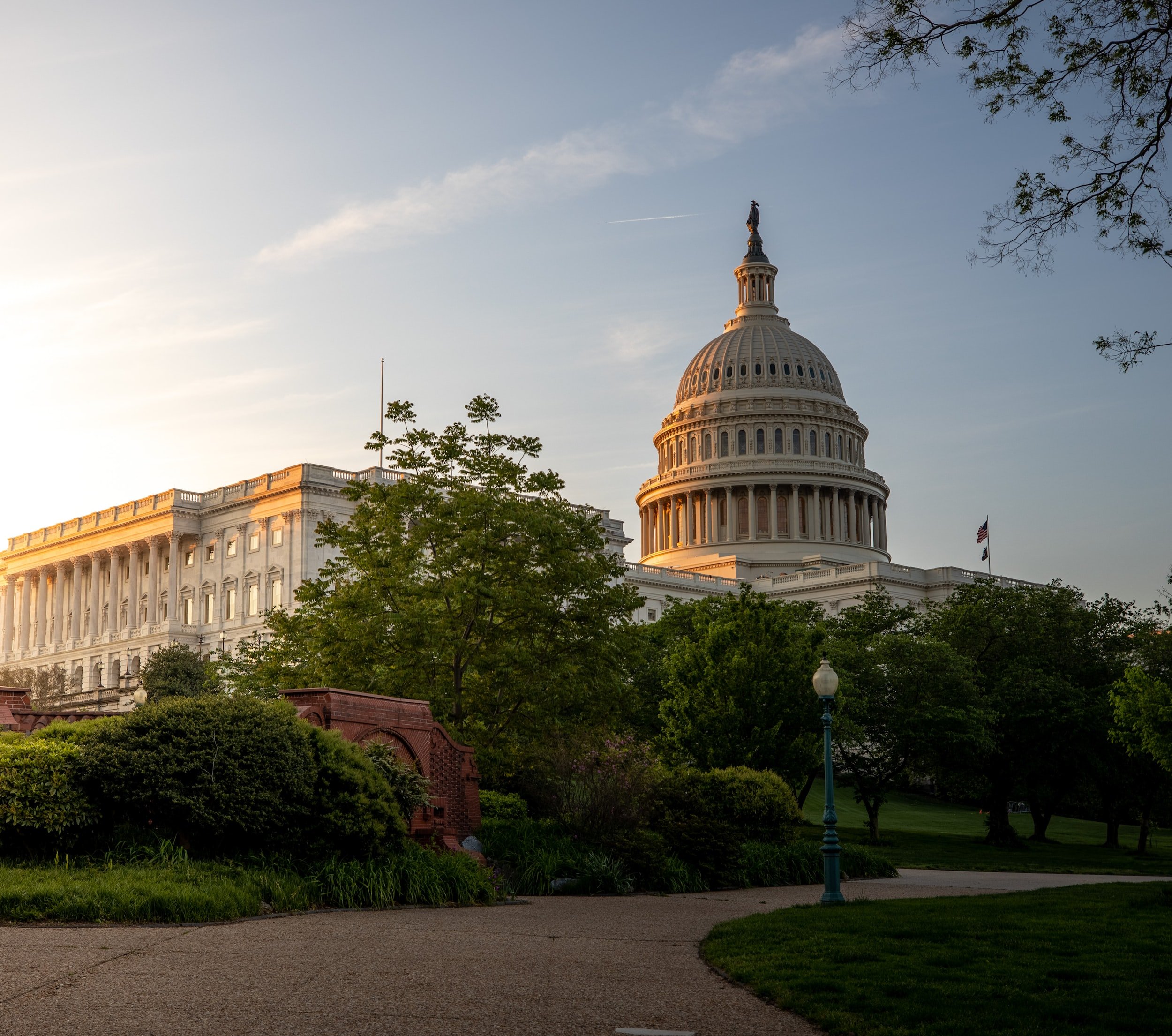5 Government Social Media Strategies for Effective Outreach
Social media can be an excellent way for government agencies to engage the public and spread the word about their community-enriching programs and services. Local, state, and federal governments that effectively manage social media have the potential to strengthen community relationships, increase engagement, and restore public trust. Social media presents many opportunities for government agencies to advance their mission in a sustainable, multi-generational way. Government agencies that provide quality, relevant social media content can emerge as a trusted source of information for the public.
The applications and capabilities of social media are constantly changing; thus, government communicators must stay up to date on social media strategies and related user behavior patterns. The social media strategies that worked well in 2012 may not be as effective when implemented in 2022. As we’ve observed during the pandemic, government agencies can provide the public with reliable information during times of crisis. Social media has the potential to be a very cost-effective way for government agencies to distribute potentially life-saving information across diverse communities.
Here are a few social media strategies for government agencies:
Recognize the role diversity and inclusion play in modern government communications.
Government agencies interface with diverse populations. Local, state, and federal government agencies should recognize the role diversity and inclusion play in modern government communications and work to ensure agency communications reflect the diverse populations served. Government communicators should conduct market research on target audiences from both a demographic and psychographic perspective. While race, gender, ethnicity, and sexual orientation may be more often recognized as diversity, disability, religion, country of origin, geographic location (urban vs. rural), religion, and military affiliation should also be included in diverse and inclusive communications initiatives.
Read more: Communicating with Diverse Audiences Online
Integrate generational marketing strategies into your agency’s social media strategy.
Generational marketing strategies are effective marketing methods for engaging specific generational audiences. Baby Boomers, Gen Xers, Millennials, and Gen Zers currently dominate generational marketing discussions. While no generation is a monolith, generational audiences may exhibit similar attitudes, behavior, and values. Generational differences can readily be observed on social media. Baby Boomers frequent Facebook more than Millennial social media users. Gen Zers' favorite social media platforms include Snapchat, TikTok, and Instagram. Understanding the generational differences in terms of social media can help government agencies utilize generational marketing strategies to increase online engagement.
Read more: Marketing to Multigenerational Audiences
Take steps to ensure social media content is accessible.
Social media content published by government agencies should be accessible to all users, including people living with visual and hearing disabilities. Unfortunately, popular social media platforms do not currently publish content in accessible formats; thus, government communicators must understand digital accessibility and take steps to ensure the agency’s social media content is accessible. Section 508 of the Rehabilitation Act (29 U.S.C. § 794d) provides guidelines on communications accessibility across multiple online platforms. For more information on 508 compliance, check out our webinar, Is Your Organization 508 Compliant?
Additionally, government communicators should work to ensure social media content is disability-inclusive in terms of language, message, and media. Read our blog post, Disability Inclusive Social Media Content, to learn more about disability-inclusive communications.
Read more: Social Media Accessibility Tips
Make sure you have a social media policy in place.
Local, state, and federal government agencies should all have a written social media policy that all employees have a working knowledge. These policies should include information on how employees are to conduct themselves online, comment moderation, content guidelines, etc. When this information is provided, the government agency’s team members have a greater understanding of their expectations in the digital environment. The Department of Interior has an excellent social media policy that provides excellent information and guidelines. Additionally, a written social media policy will help the government agency maintain consistency regarding the organization’s communications tone and brand. This is especially important when the government agency faces employee turnover or when social media account management is transferred to an outside vendor.
Utilize storytelling in digital communications and social media.
Social media provides local, state, and federal government agencies with an excellent platform to engage the public in a meaningful way. Simply broadcasting information about the agency and its work would fail in developing long-term community relationships. Government communicators can utilize the art of storytelling to craft memorable content. Effective social media content will convey messaging, strengthen relationships, and improve perceptions of the government agency. The use of storytelling in modern communications cultivates empathy, openness, and trust - three positive attitudes that can increase community equity and unity across diverse audiences.
Read more: Storytelling in Government Communications
Learn more about government social media:
If your government agency is looking for a creative partner to provide marketing consulting and management services, contact Becker Digital. We specialize in going beyond the screen and engaging diverse communities in a meaningful way. All of our work is customized to the organizational client’s needs. Contact us to schedule a complimentary call and learn more about how marketing strategy can enhance your organization’s mission.

